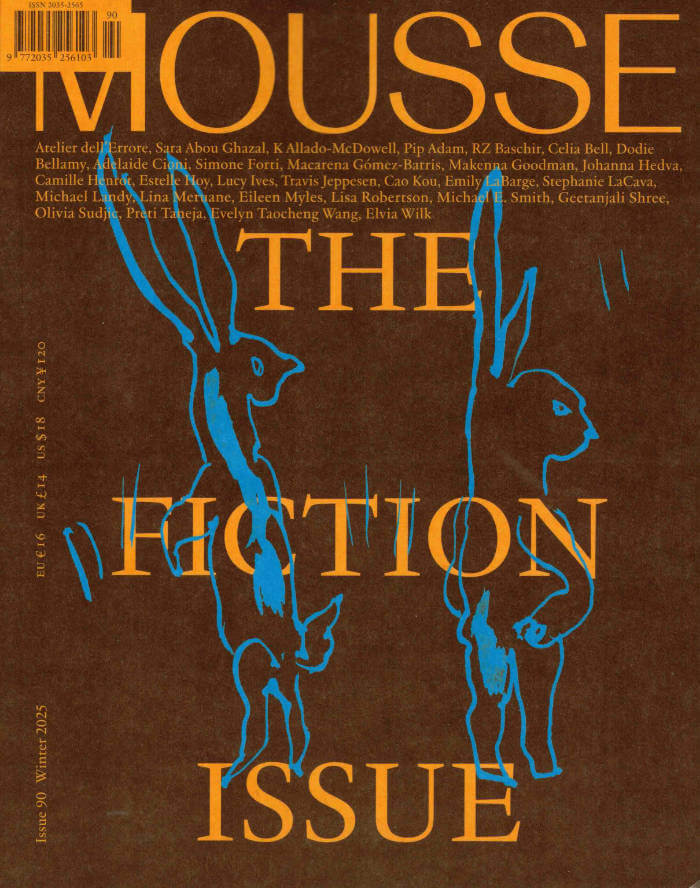
In Perpetuity
In Perpetuity is part of Ivey Wawn’s project of the same name. With contributions from those involved in the making of what would have been the live performance, it is an accumulation of thoughts, reflections and associated pieces of work that give some idea of what the work could, would, or may in the future come to be.
In Perpetuity is an ongoing project that has taken a variety of forms, from publication, through video and into live performance.
Language: English







